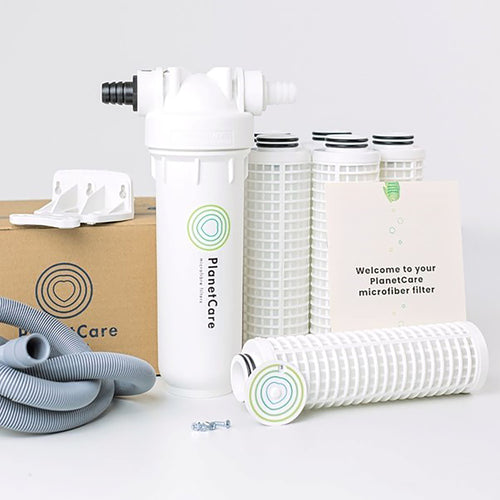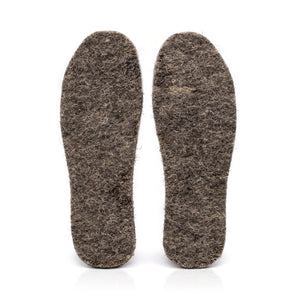OK, I can’t think of that many uses for them, but they are certainly versatile. We’ve been selling them for a while, made by another manufacturer and we’ve been packaging them here at Workington. I’m delighted to say that, thanks to a grant from Cumbria Chamber of Commerce, we can now make them here at Chimney Sheep out of the scrappier bits of Herdwick wool. The good stuff gets sent to Yorkshire to be scoured, and is then made into our Chimney Sheep, rugs, underlay, all the things that Herdwick wool is useful for. You might be shocked to learn that although we pay 4 times the market rate for Herdwick wool, we sometimes get some poorer quality stuff chucked in the bag. The short fibres from the belly wool for example, and some of the more mucky daggy stuff. We’re going to have to get stricter about this, so we will still take the poor quality stuff separately but pay a bit less for it. Then we can afford to make pellets to go on the garden at a better rate for you.

What’s so amazing about sheep wool pellets?
A lot of companies sell them as environmentally friendly slug and snail pellets. Anything we sell as having slug and snail deterring properties, we tend to receive photos of the products with a big fat slug on a mission to get to a delicious lettuce. So, the pellets can deter slugs and snails, but we don’t promise this. The wool is coarse and uncomfortable for them to cross. If there’s a choice between a plant fortified by a ring of pellets, and one that is an open target, they will go for the easy target. But a hungry slug is a determined creature so we won’t make promises we can’t keep.
What are the other benefits of sheep wool pellets in the garden?
The wool pellets have amazing water absorbing and releasing properties. If you’ve used our raw wool mulch, you will have noticed how the soil stays damp for a really long time, even during a dry spell. If you use the pellets in hanging baskets and pots, they will hold onto moisture when you water them then slowly release it over a period of time. Especially if you combine them with one of our watering spikes or ollas, you will reduce the number of times you need to water the containers and ensure a steady supply of water reaches the plants.

The pellets are readily biodegradable. When compressed into pellets the wool will last several months, but over that time they slowly biodegrade, releasing nutrients into the soil. This is particularly advantageous if you’re using them in hanging baskets and containers, where you have a dense collection of plants all competing for nutrients. You can top feed them with seaweed fertilizer (or anything else, obviously, just thought it was worth giving our Hebridean Liquid Seaweed fertilizer a wee mention 😉). The wool pellets along with their slow release of moisture, will slowly release nutrients, particularly:
- Organic NK fertilizer 11-5
- total nitrogen: 11% N
- potassium oxide: 5% K20
- total sulphur: 2% S
The pellets can also be used as an overall soil enhancer and mulch. If you’ve used any of our other wool mulch products, you will know that when wool is in a dense form it is brilliant at suppressing weeds, as well as of course the aforementioned water retaining and nutrient releasing properties.
How do wool pellets enhance the soil?
Wool biodegrades in soil by the action of microorganisms like fungi and bacteria breaking down the keratin protein that makes up wool fibres. The microbes produce enzymes that digest the wool, releasing essential nutrients back into the soil. The wool helps to improve soil structure by adding organic matter and increasing water retention. This creates a more porous and well-aerated soil environment, which is beneficial for the growth of soil organisms.
The release of nutrients and the improvement of soil structure encourage the growth and activity of soil microorganisms, including bacteria and worms. These microorganisms play a crucial role in soil health and nutrient cycling.
Worms consume organic matter generated by the wool and help to aerate and mix the soil. Their activity further enhances the decomposition process and contributes to a healthy soil ecosystem.
Sheep wool pellets are weirdly dense for wool and a little goes a long way. I tend to use them in hanging baskets and containers, and use the raw wool for the bigger areas. If you don’t like it looking as though a sheep has exploded in the vegetable patch, the wool felt shillies are a lot neater and cheaper than the pellets.




